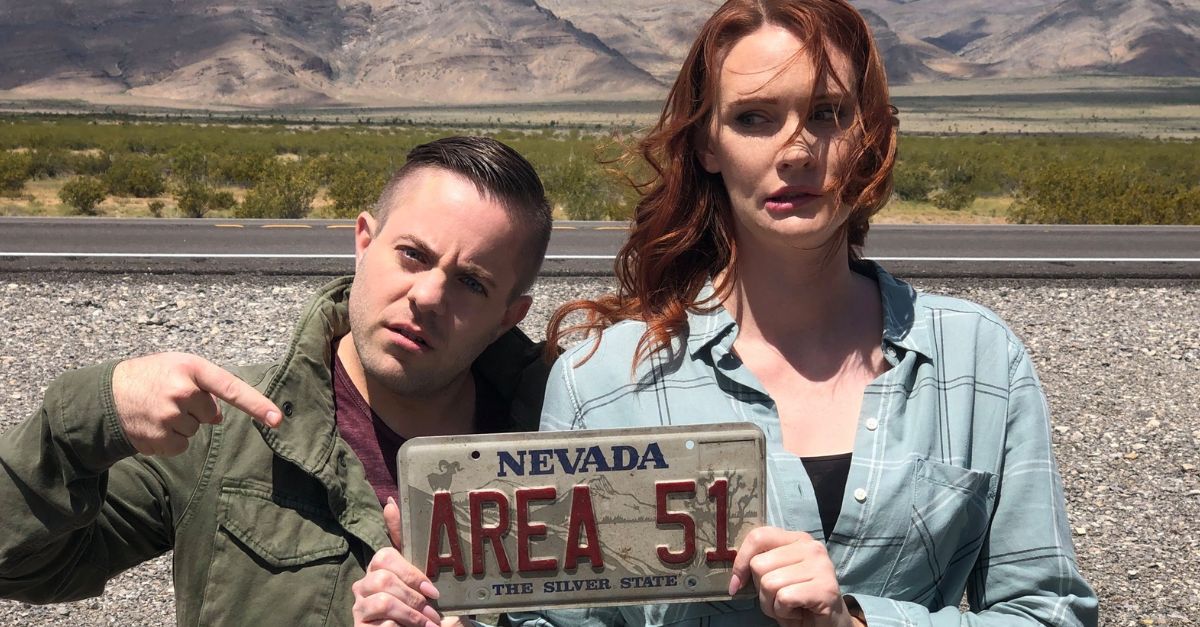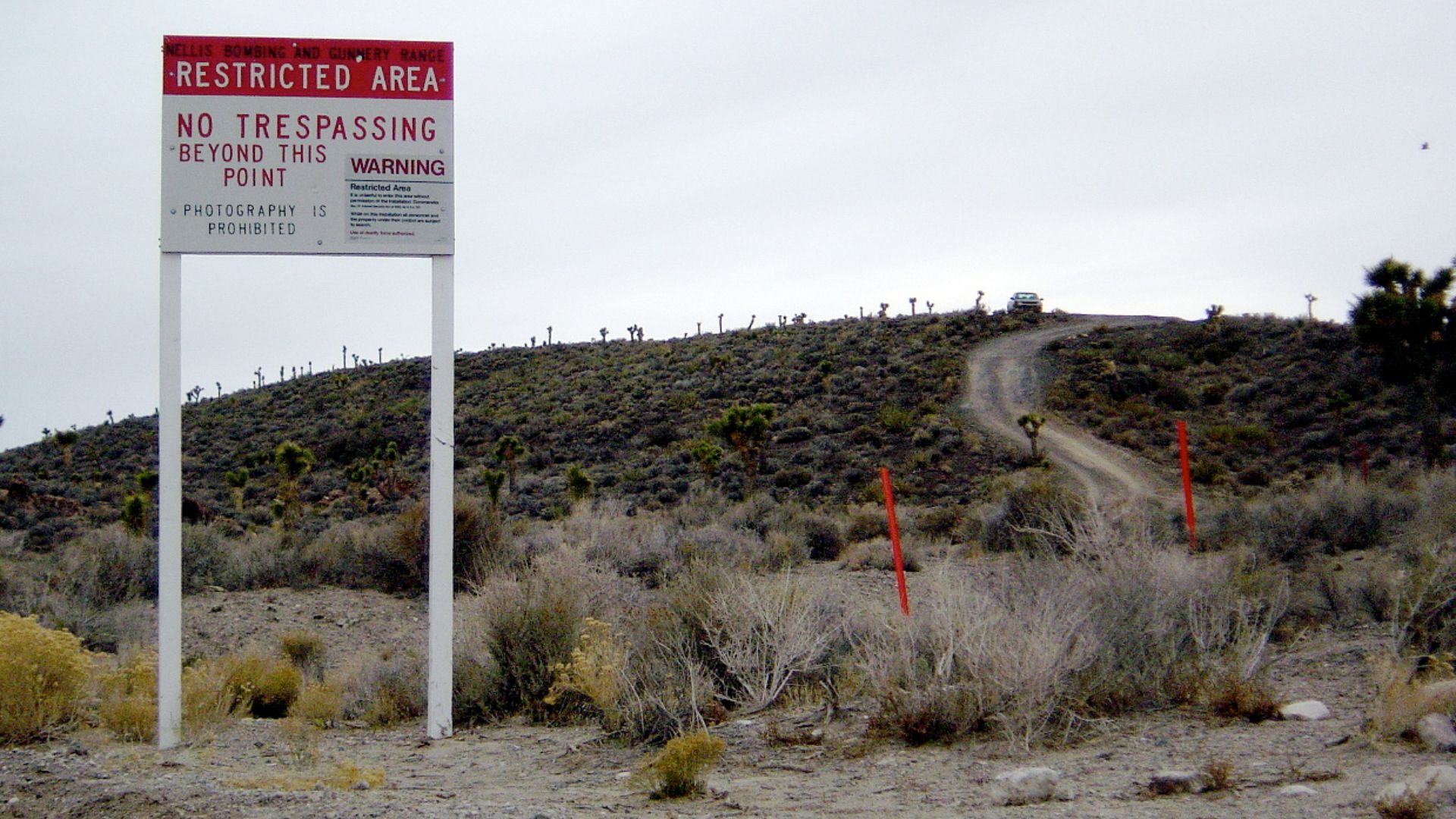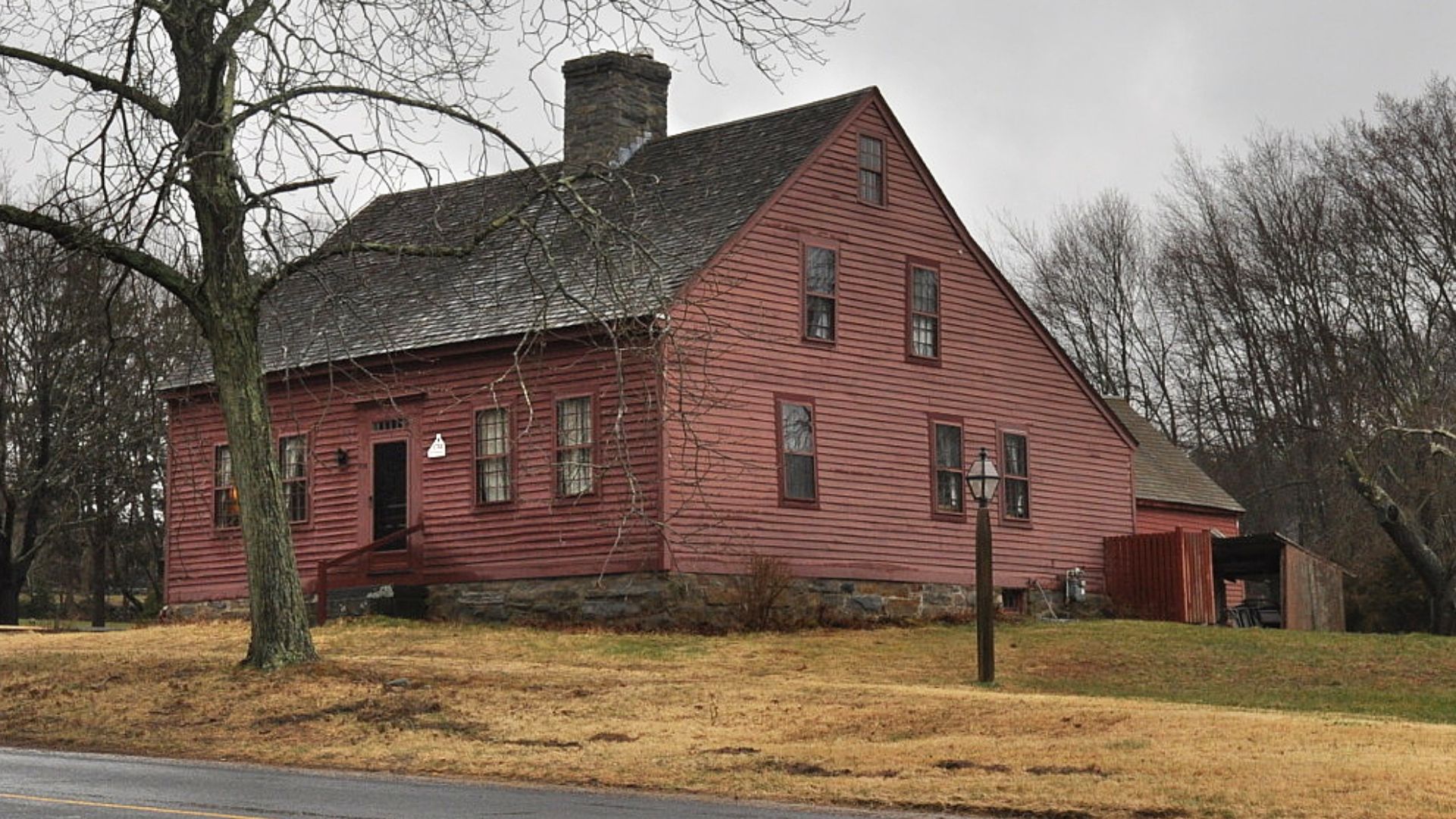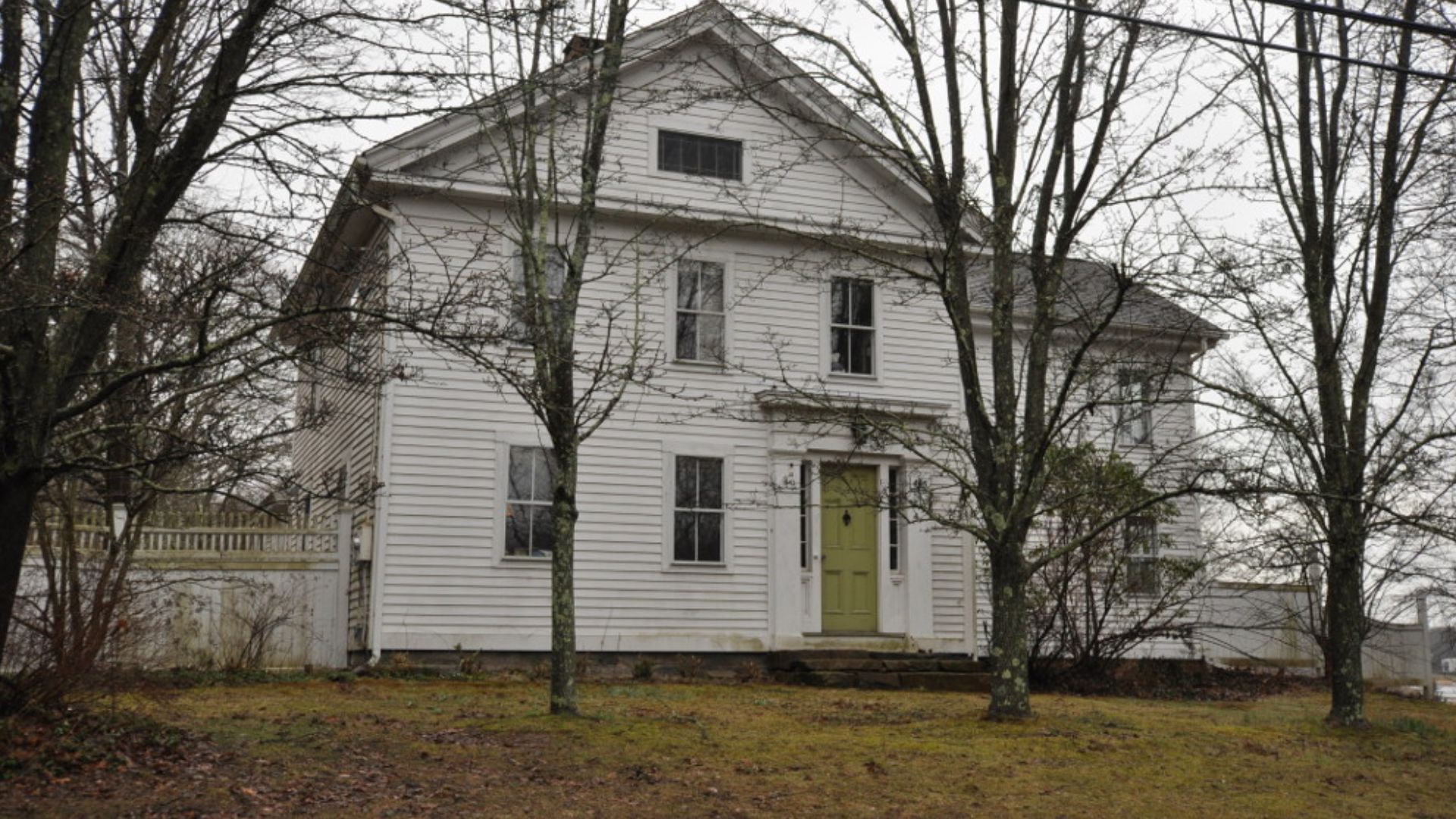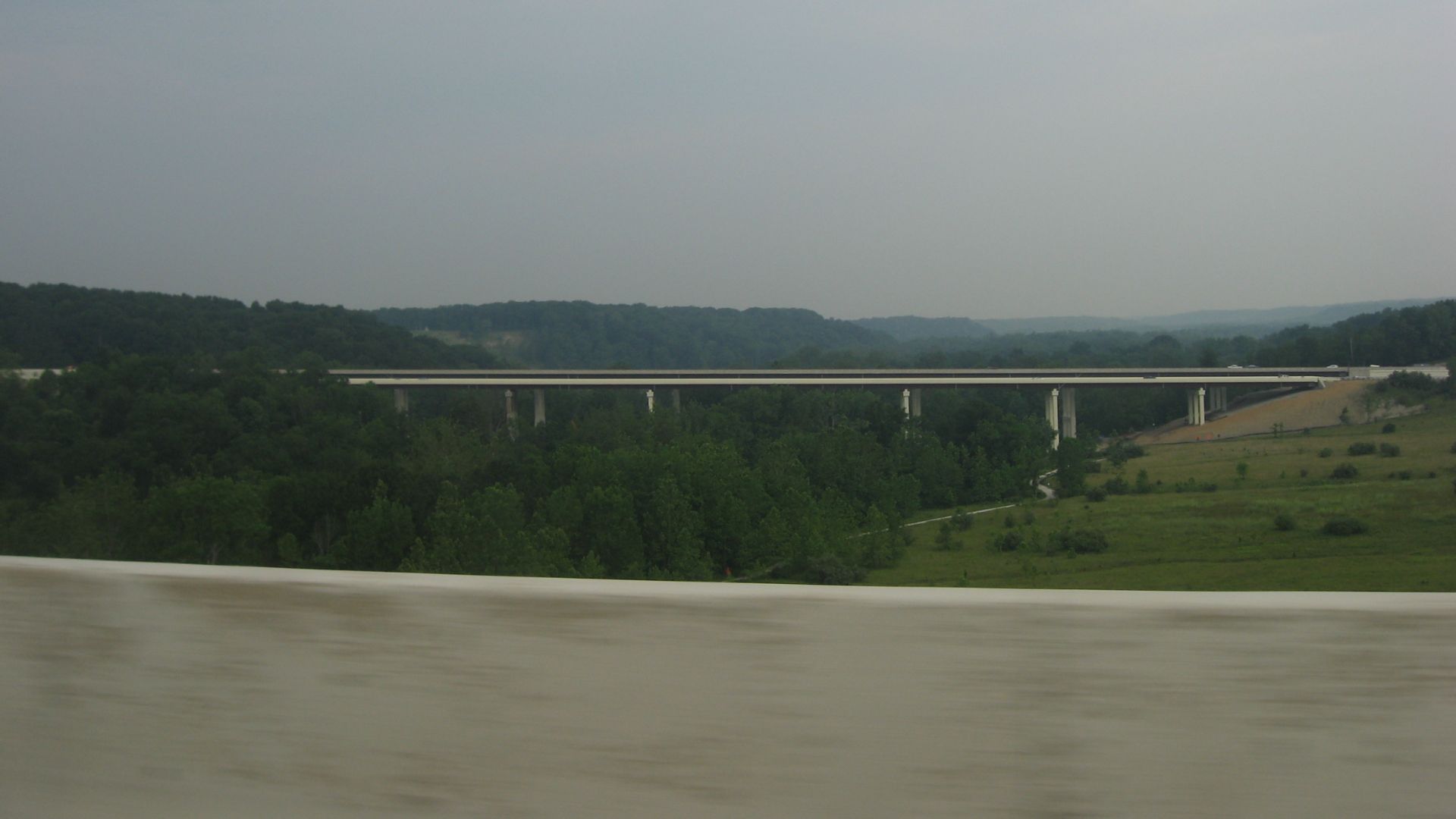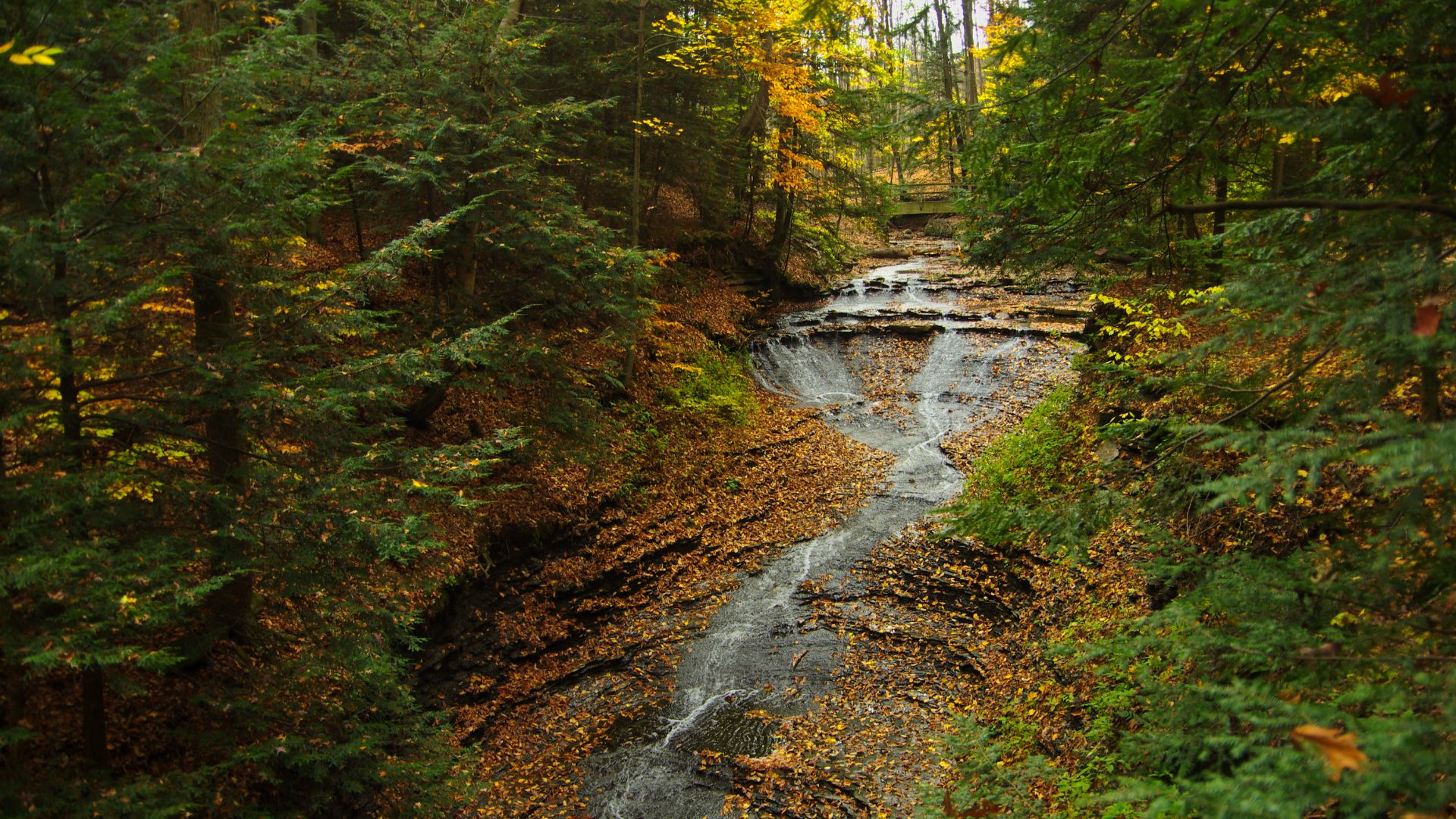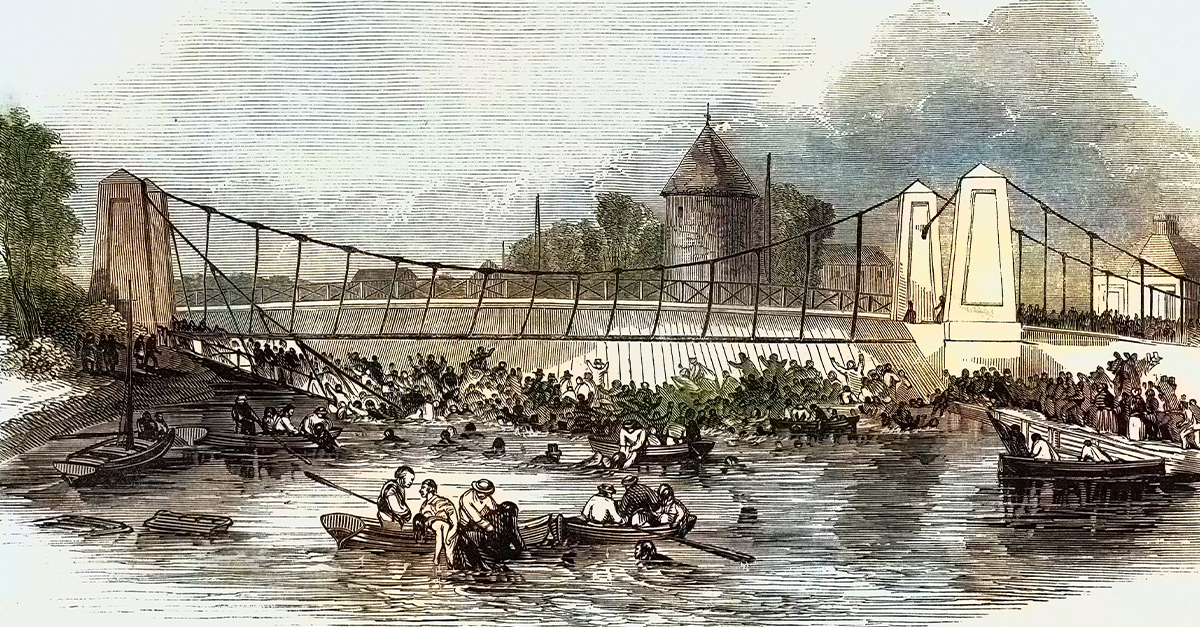Untold Tales
You walk past towns and landmarks every day, yet residents know things outsiders don’t. Hushed memories, old scars, and unspoken rules give these places an invisible layer, perhaps even a few lingering legends.

Salem, Massachusetts
The witch trial hysteria that consumed Salem between 1692–1693 remains America's most infamous case of mass persecution, yet locals tackle the topic with the delicacy of someone defusing an explosive. Apparently, two young girls experienced "fits" in Reverend Samuel Parris's household.
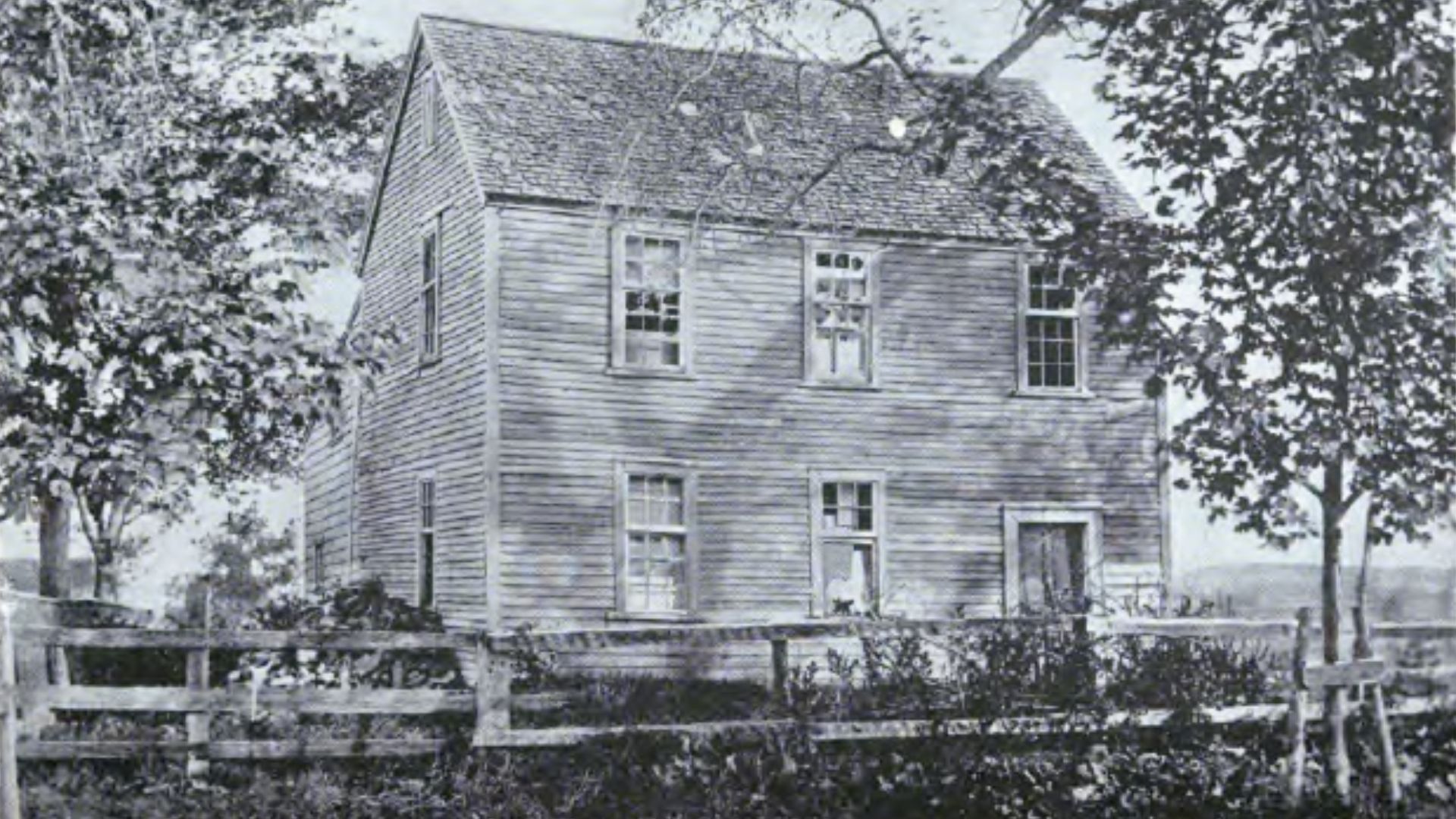 Henrietta D. Kimball, Wikimedia Commons
Henrietta D. Kimball, Wikimedia Commons
Salem, Massachusetts (Cont.)
This tale has spiraled into accusations against 200 people, resulting in 19 executions by hanging, one by crushing, and at least five demises in prison. Shame over the witch trials ran so deep that it took around 300 years before a memorial to the victims was set up.
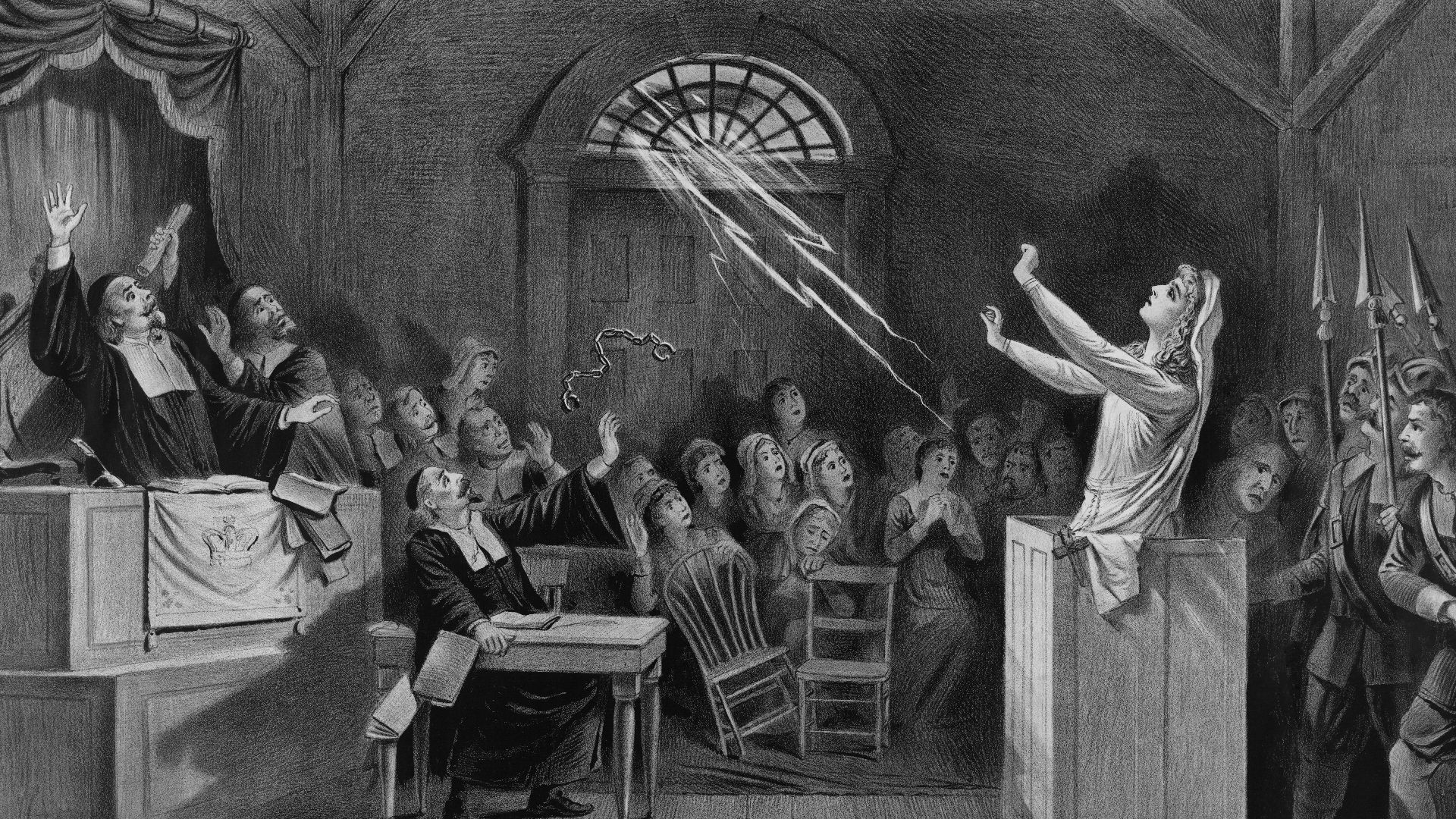 Joseph E., ca. 1837-1914, artist., Wikimedia Commons
Joseph E., ca. 1837-1914, artist., Wikimedia Commons
Centralia, Pennsylvania
On May 27, 1962, Centralia's volunteer fire department attempted its annual Memorial Day cleanup by burning trash in an abandoned mine, never imagining they'd ignite an underground inferno that's still burning 60 years later. The state spent $7 million between 1962 and 1982 trying to extinguish the flames.
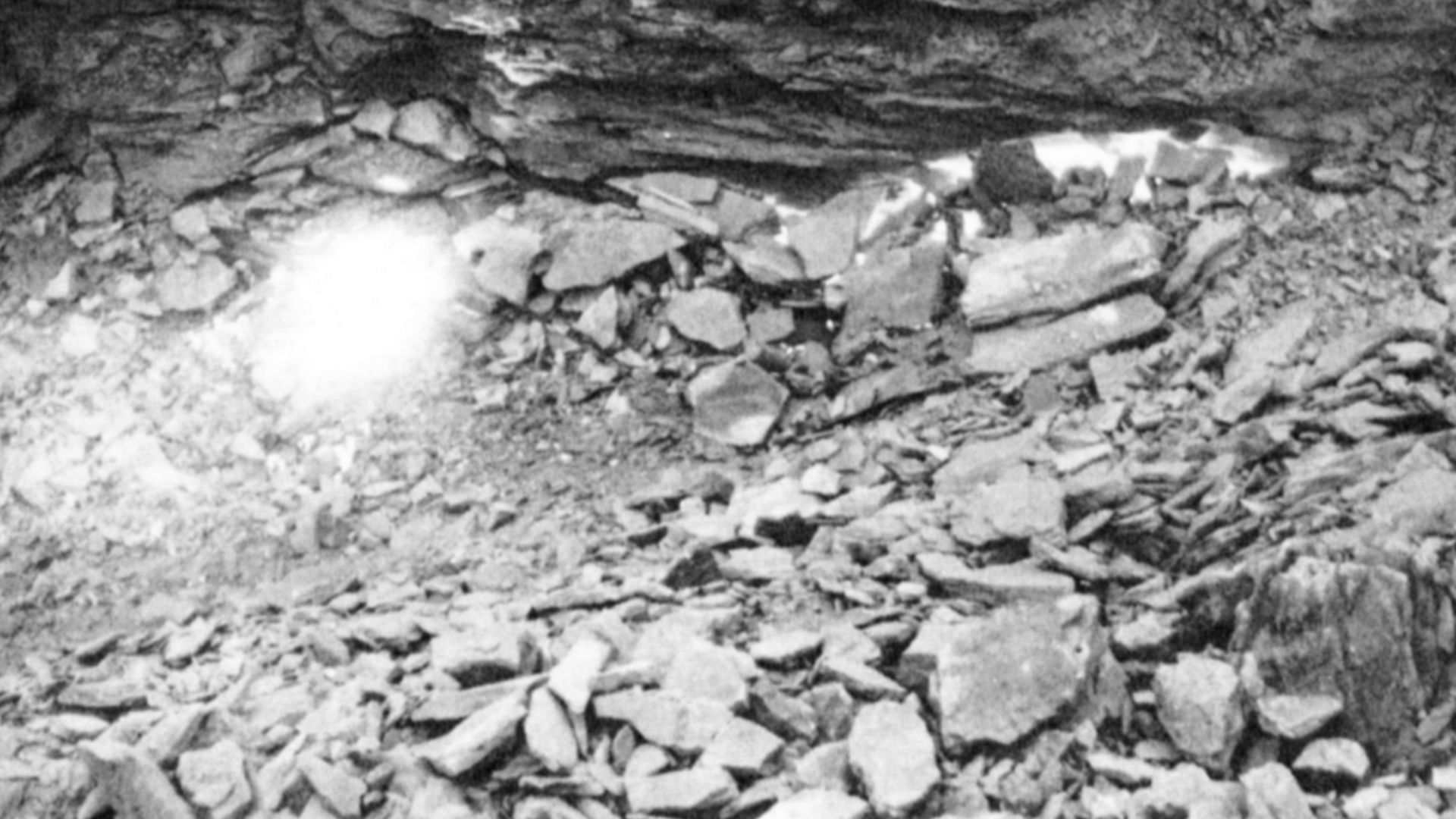 U.S. Bureau of Mines., Wikimedia Commons
U.S. Bureau of Mines., Wikimedia Commons
Centralia, Pennsylvania (Cont.)
They dug trenches, sealed openings, pumped in crushed rock—but nothing worked. Today, the fire burns across 3,700 acres at depths up to 300 feet and could continue. Pennsylvania invoked eminent domain in 1992, condemning all buildings and revoking the town's ZIP code in 2002.
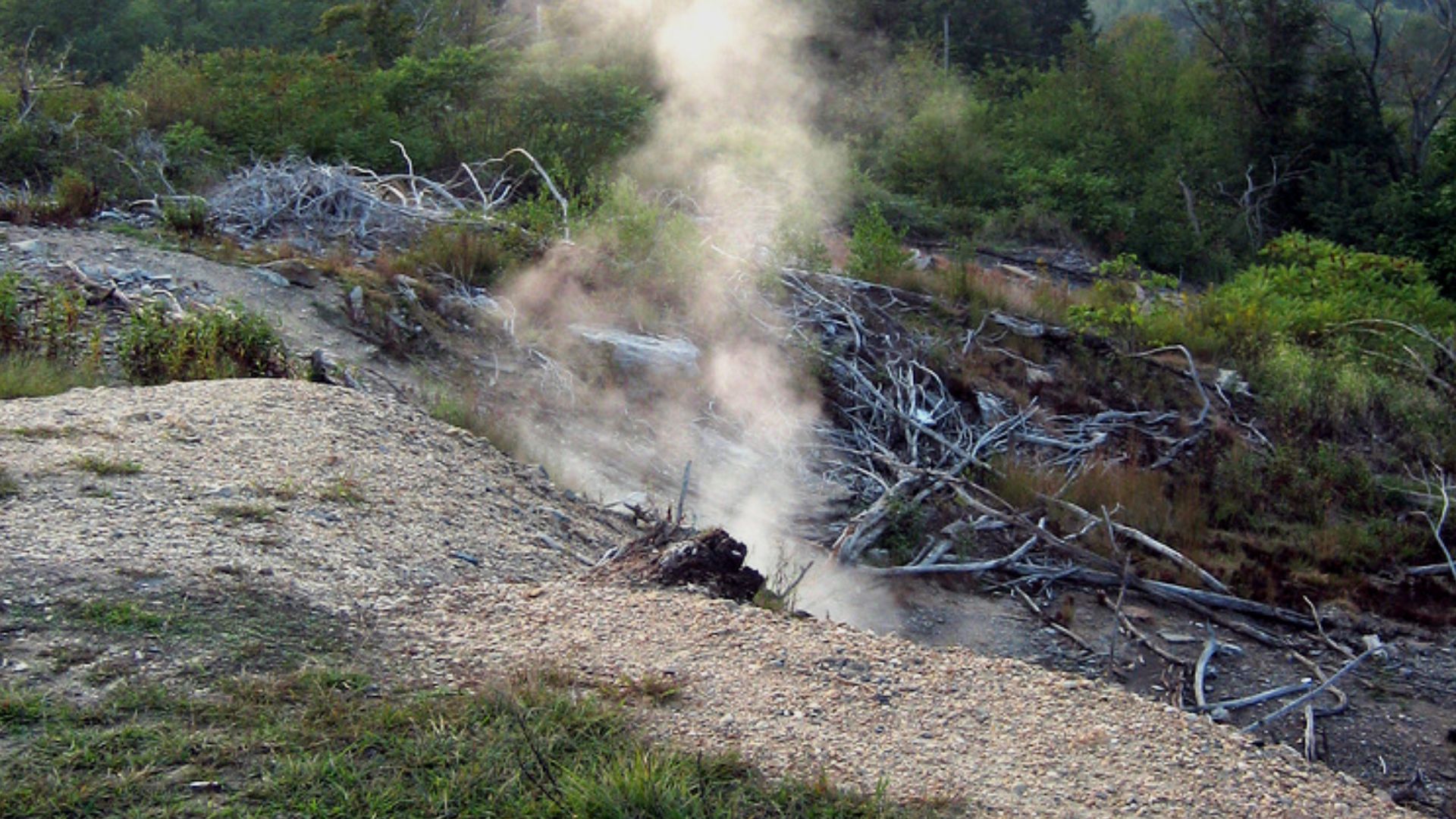 The original uploader was Jrmski at English Wikipedia., Wikimedia Commons
The original uploader was Jrmski at English Wikipedia., Wikimedia Commons
Mount Rushmore, South Dakota
What millions see as a patriotic shrine to American democracy, the Lakota Sioux know as the desecration of Tunkasila Sakpe Paha—Six Grandfathers Mountain—their most sacred site. The irony cuts deep as this monument celebrates presidents on land stolen directly in violation of the 1868 Treaty of Fort Laramie.
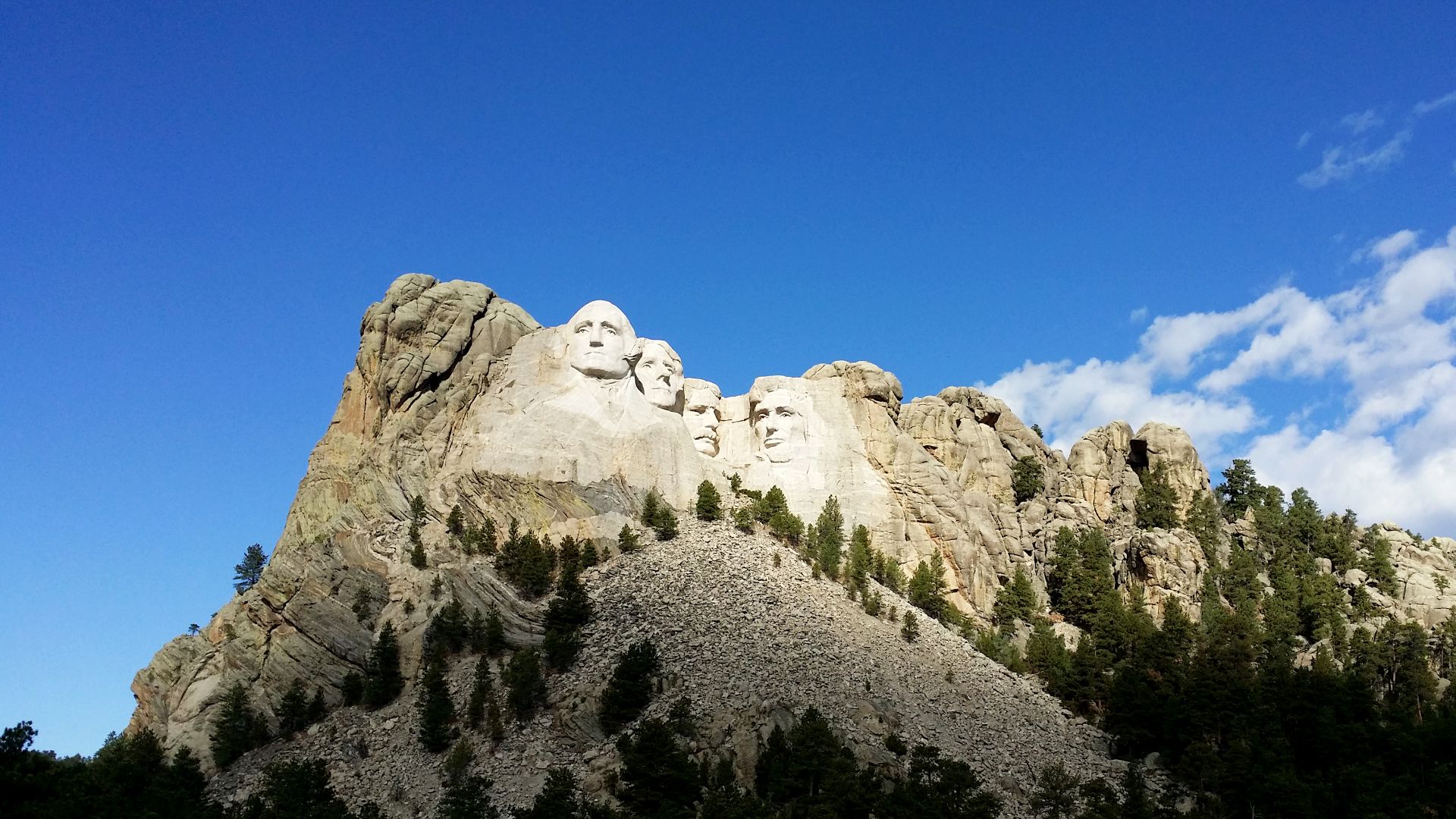 Eric Friedebach, Wikimedia Commons
Eric Friedebach, Wikimedia Commons
Mount Rushmore, South Dakota (Cont.)
It had promised the Black Hills to the Lakota “in perpetuity”.That perpetuity lasted only until 1874, when General George Armstrong Custer's expedition discovered gold, triggering a rush that the government used as justification to seize the sacred Black Hills.
 Civil War glass negative collection (Library of Congress), Wikimedia Commons
Civil War glass negative collection (Library of Congress), Wikimedia Commons
Camp Hero, Montauk, New York
Netflix's Stranger Things was originally titled Montauk for good reason. Camp Hero State Park sits at the tip of Long Island like a forgotten chapter from a science fiction novel. This innocent former military base has spawned decades of whispered conspiracies about mind control experiments.
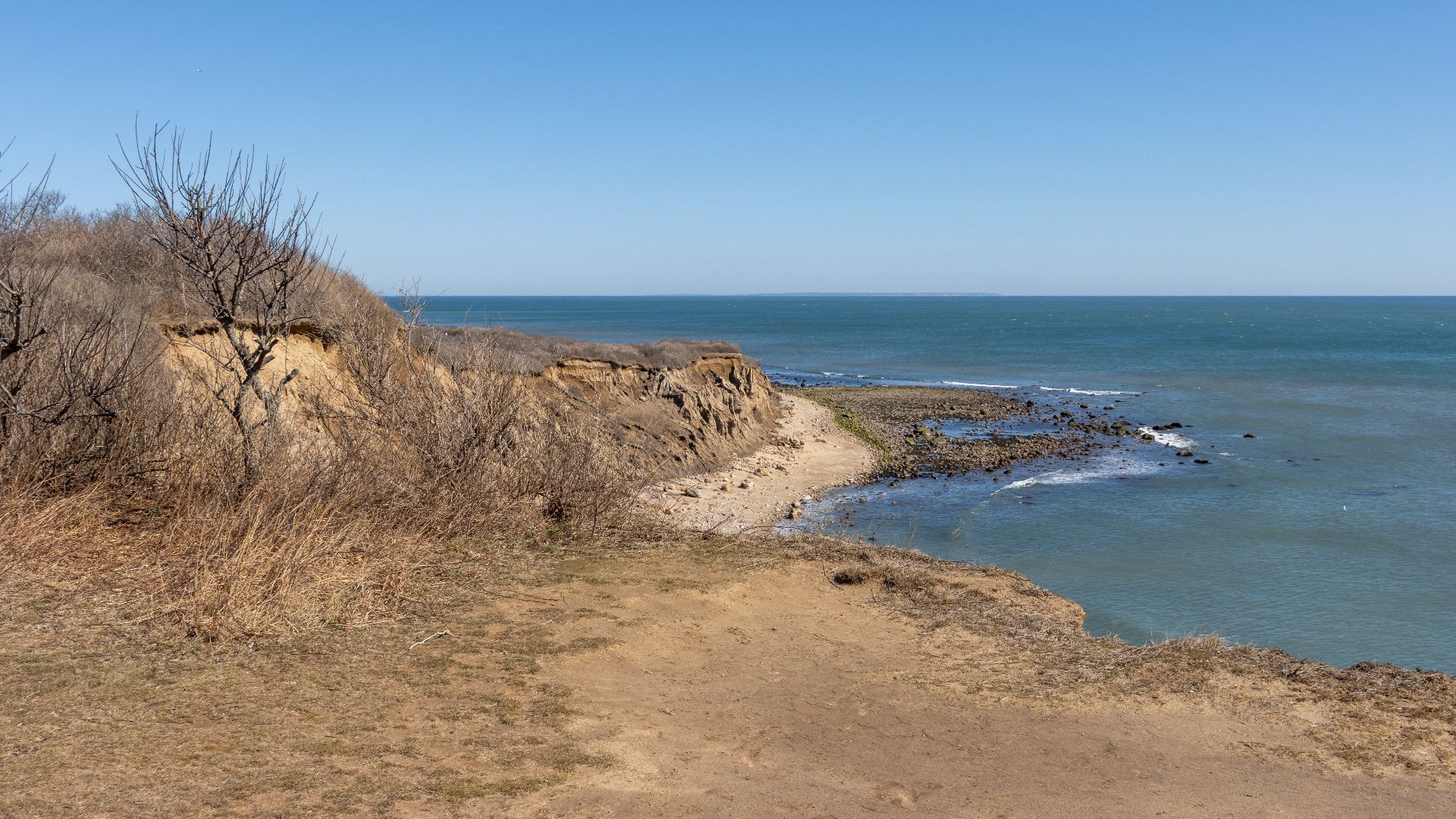 Photograph by Mike Peel (www.mikepeel.net)., Wikimedia Commons
Photograph by Mike Peel (www.mikepeel.net)., Wikimedia Commons
Camp Hero, Montauk, New York (Cont.)
Residents maintain an uneasy relationship with the Montauk Project legends that refuse to die, particularly since Preston Nichols' 1992 book claimed he recovered suppressed memories of working at the facility. While officials insist the base simply housed radar equipment, explorers have spotted eerie graffiti reading "Stranger Help Me".
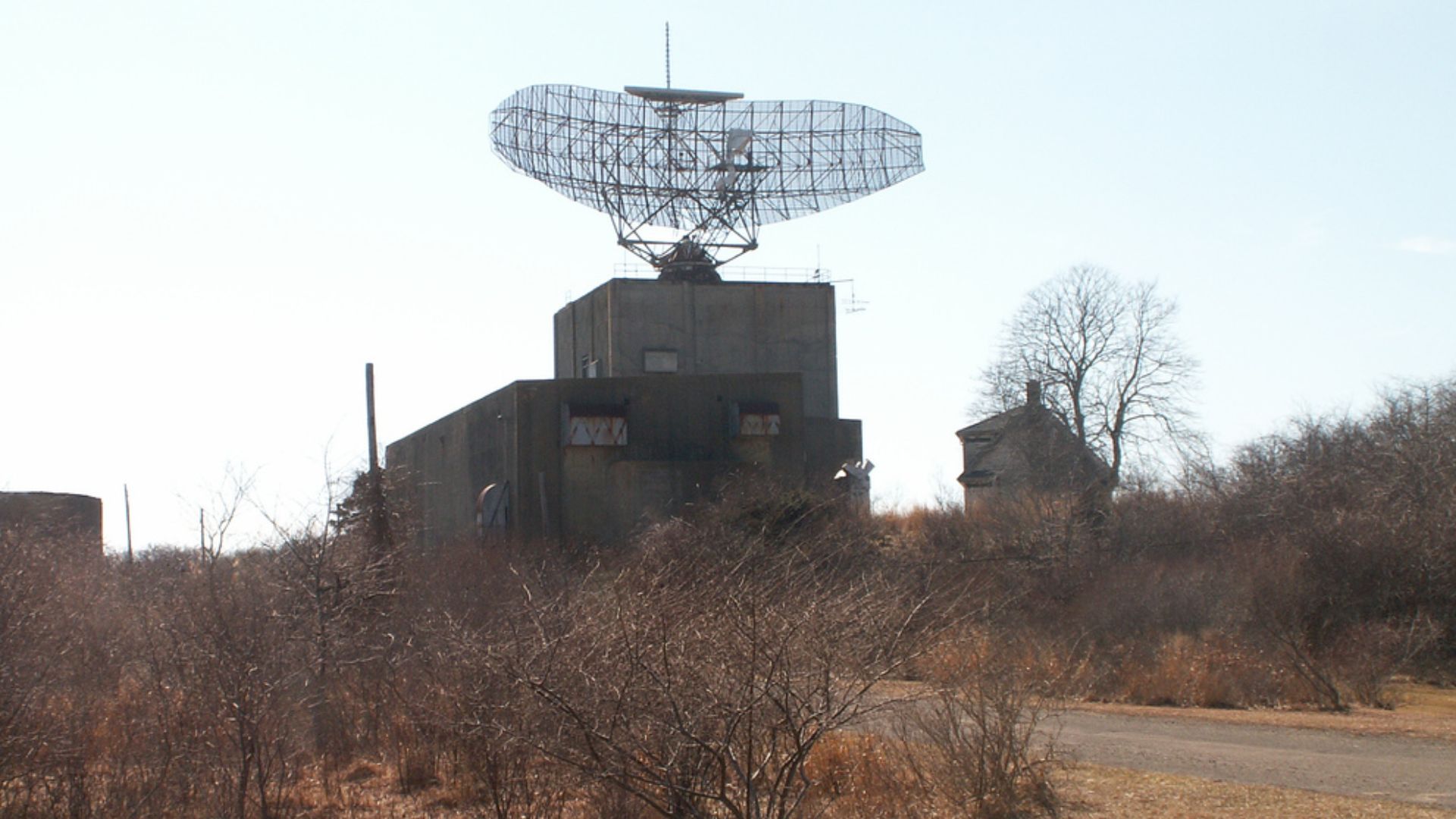 User:Americasroof at English Wikipedia, Wikimedia Commons
User:Americasroof at English Wikipedia, Wikimedia Commons
Portlock, Alaska
Portlock is an abandoned ghost town located on the southern edge of the Kenai Peninsula. It was initially established as a cannery community in the early 20th century and named after British Captain Nathaniel Portlock, who explored the area in the late 18th century.
 British School, c. 1788, Wikimedia Commons
British School, c. 1788, Wikimedia Commons
Portlock, Alaska (Cont.)
This region was mainly inhabited by Russian-Aleut people and had a post office by 1921. According to legends from nearby communities, a mysterious creature called Nantinaq, sometimes described as a forest spirit or Bigfoot-like humanoid, was believed to have stalked and struck residents.
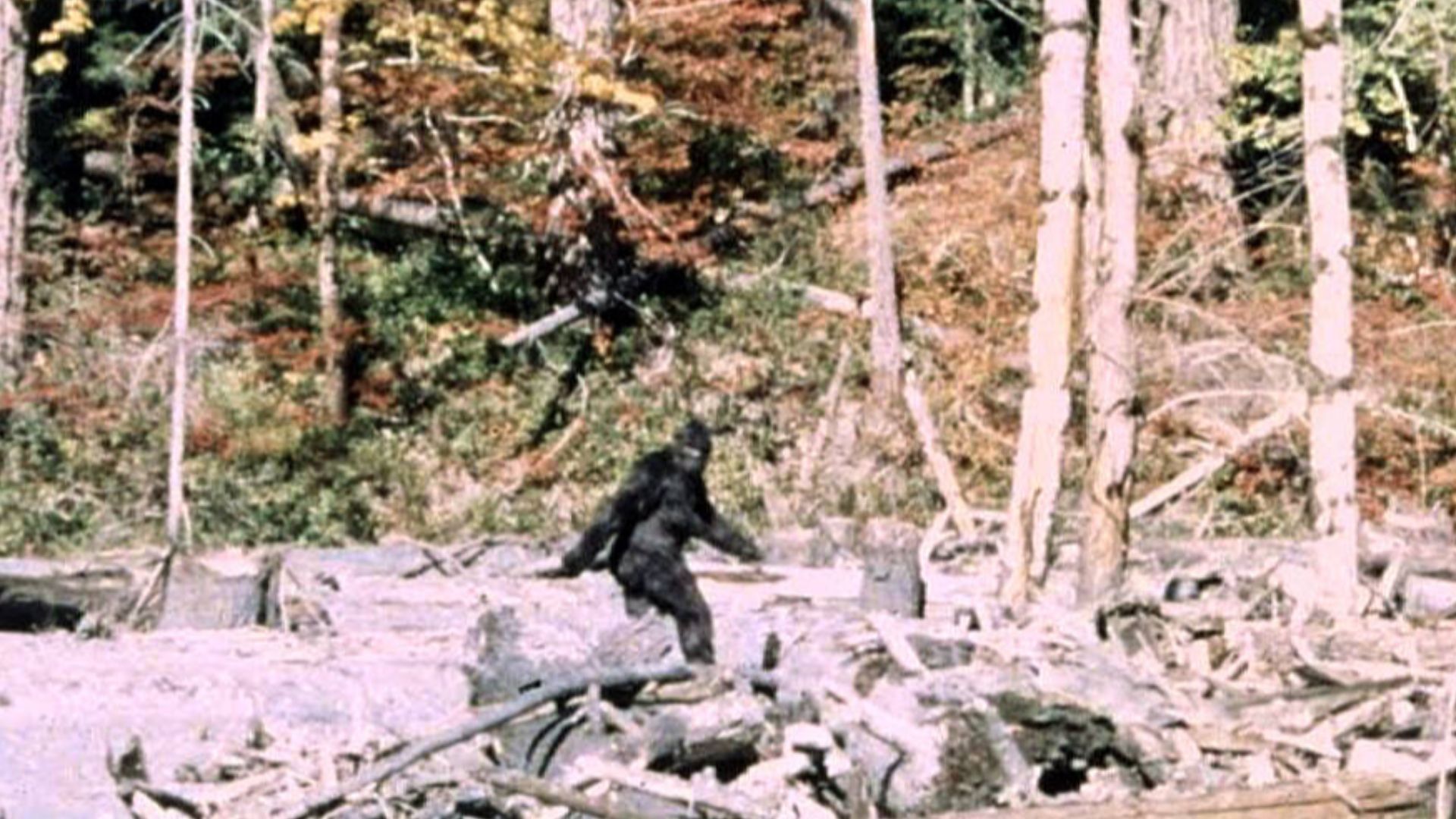 Roger Patterson and Robert Gimlin, Wikimedia Commons
Roger Patterson and Robert Gimlin, Wikimedia Commons
Dulce Base, New Mexico
The small town of fewer than 3,000 residents has become a pilgrimage site for conspiracy theorists convinced that a seven-story joint human-alien facility operates beneath Archuleta Mesa. While the town's Jicarilla Apache leaders have accepted UFO tourism, many folks remain deeply uncomfortable with the attention.
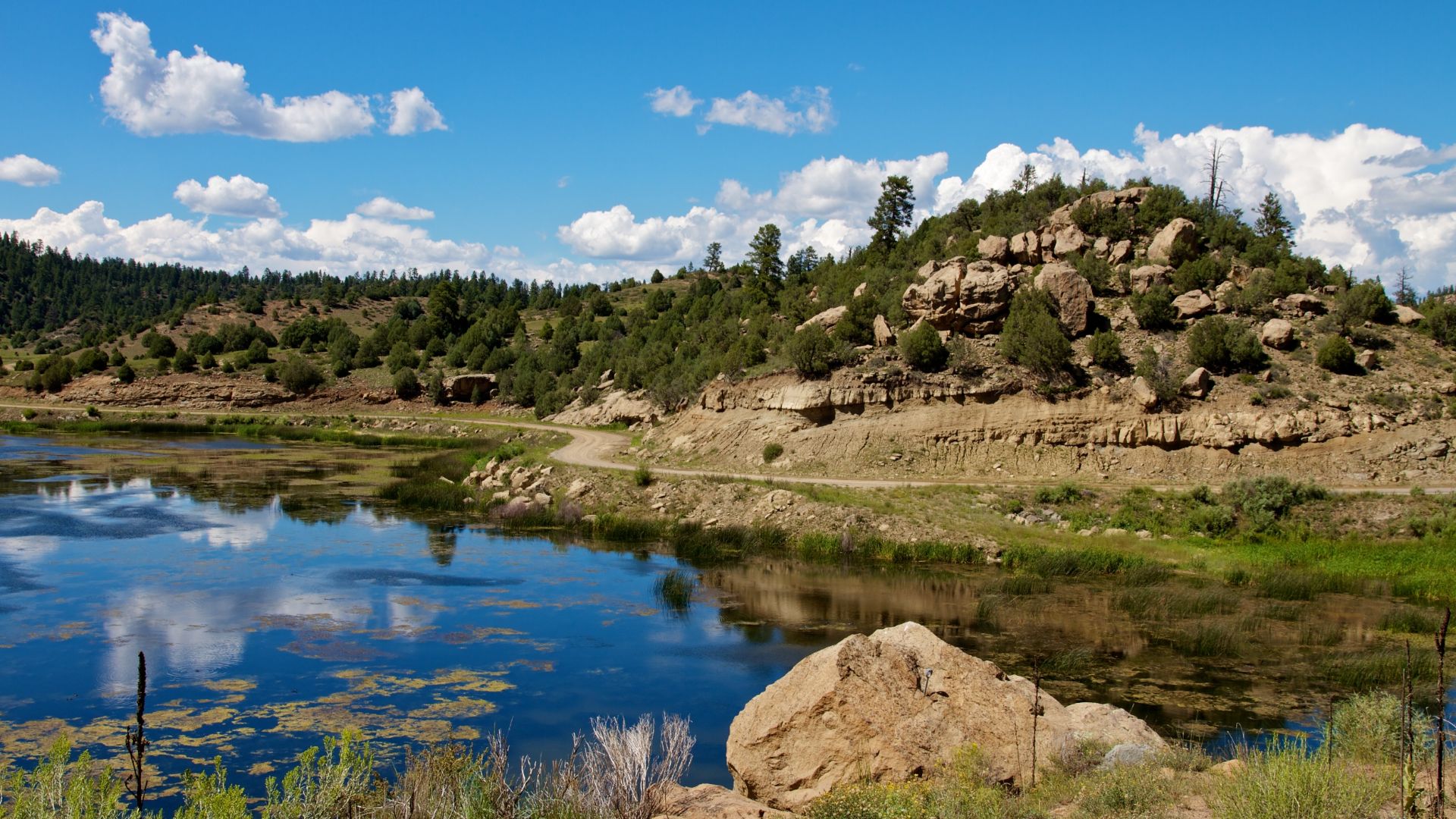 Christopher Nicol, Wikimedia Commons
Christopher Nicol, Wikimedia Commons
Dulce Base, New Mexico (Cont.)
Paul Bennewitz contended in the 1970s and 1980s that he intercepted signals/electronic communications. The legend gained credibility when multiple "whistleblowers" came forward claiming to have worked at the facility, including engineer Phil Schneider, who alleged he survived an underground battle between humans and aliens in 1979.
 Residents of Dulce claim UFOs, Bigfoot spotted in area by KOAT
Residents of Dulce claim UFOs, Bigfoot spotted in area by KOAT
North Brother Island, New York
Between Manhattan and the Bronx sits a 13-acre island that most New Yorkers pretend doesn't exist, despite being visible from several popular waterfront areas. North Brother Island is said to be the final resting place of "Typhoid Mary" Mallon, who spent decades quarantined there.
 Unknown artistUnknown artist, Wikimedia Commons
Unknown artistUnknown artist, Wikimedia Commons
North Brother Island, New York (Cont.)
The island also witnessed the worst maritime disaster in New York City history when the passenger steamship General Slocum caught fire nearby in 1904, killing over 1,000 people. Today, the island remains completely off-limits to the public due to unstable structures.
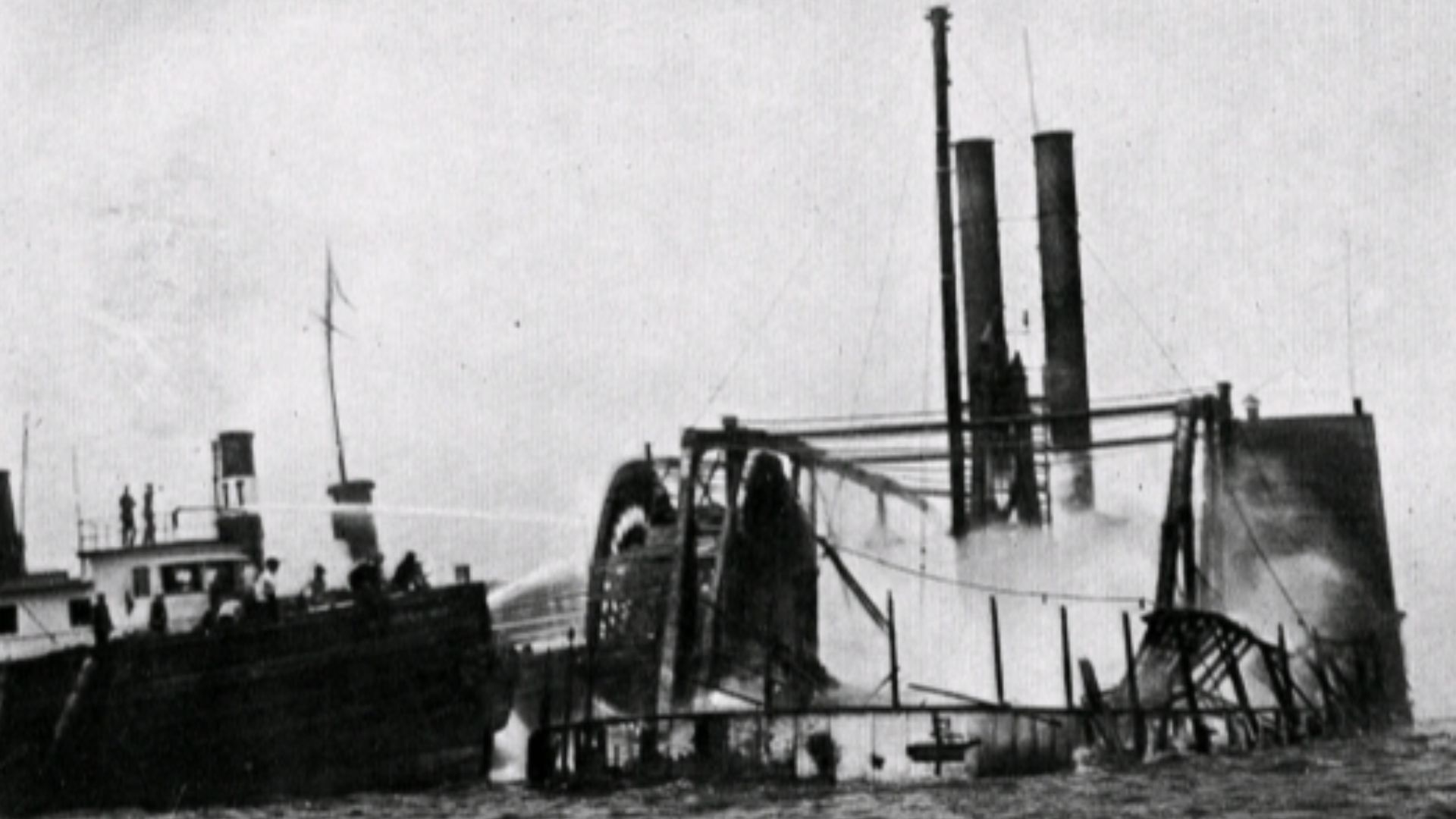 Unknown photographer, Wikimedia Commons
Unknown photographer, Wikimedia Commons
Sharpsburg, Maryland
This peaceful locality of 700 residents experiences an annual invasion of Civil War enthusiasts every September. However, the Battle of Antietam, fought in and around Sharpsburg, remains the single worst day in American history, with over 22,000 casualties in just 12 hours of fighting.
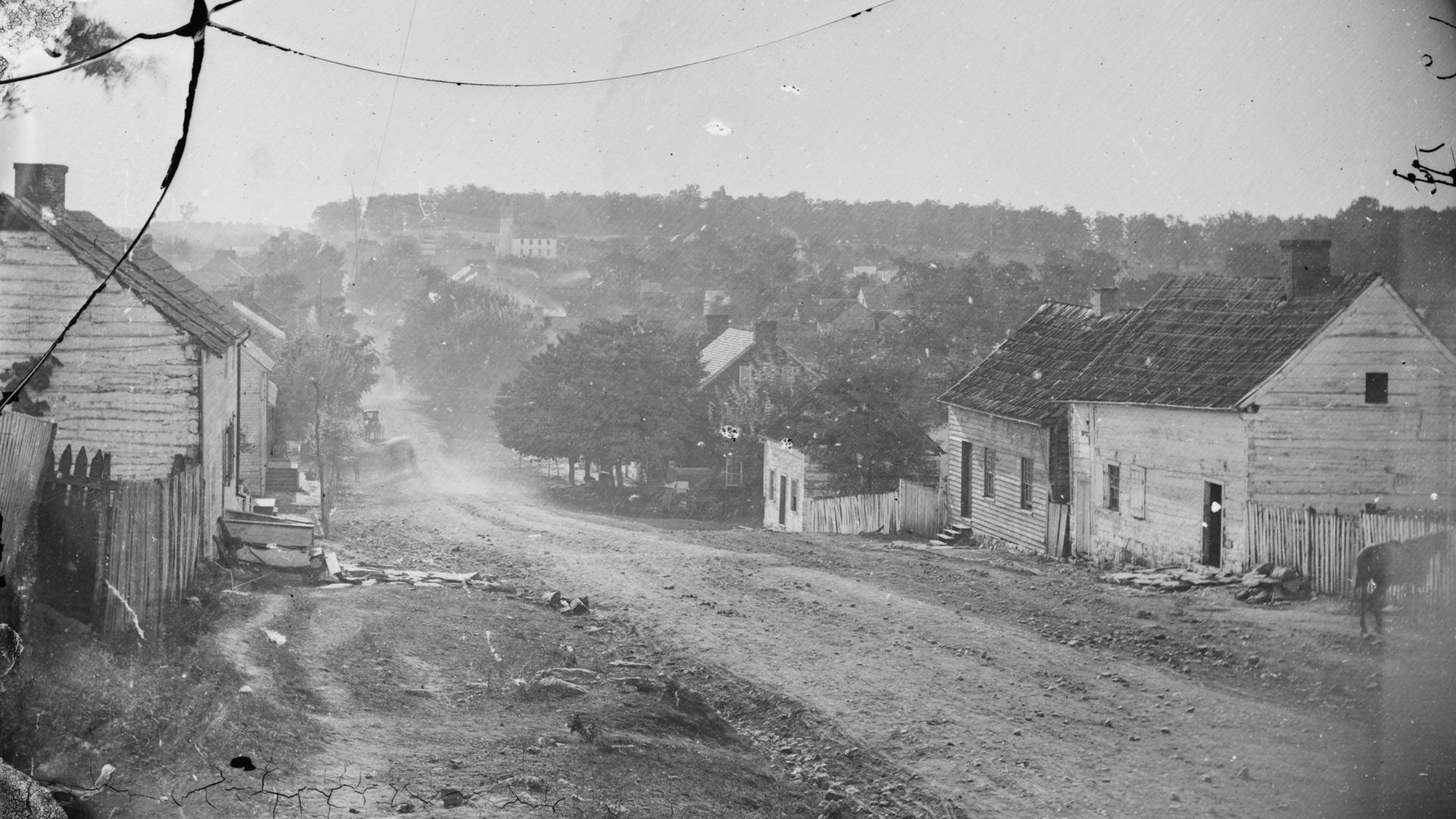 Alexander Gardner (1821-1882), Wikimedia Commons
Alexander Gardner (1821-1882), Wikimedia Commons
Sharpsburg, Maryland (Cont.)
Walking through modern Sharpsburg means navigating streets where neighbors still find musket balls in their gardens and human remains occasionally surface during construction projects. The psychological weight of living atop what amounts to a massive burial ground affects residents in ways that outsiders struggle to comprehend.
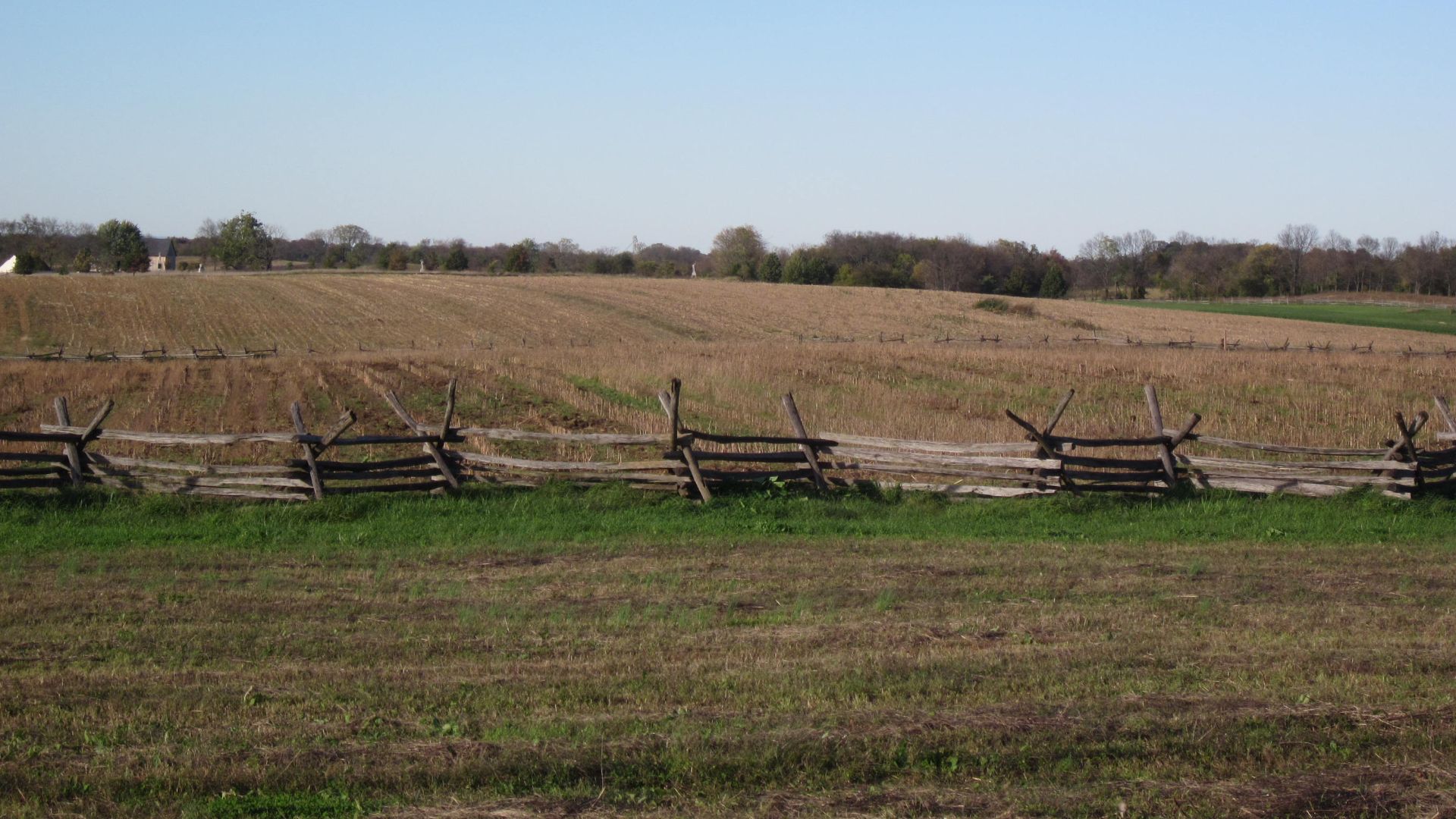 Doug Kerr from Albany, NY, United States, Wikimedia Commons
Doug Kerr from Albany, NY, United States, Wikimedia Commons
Glen Cove (Sogorea Te), California
What appears to be a serene 15-acre park overlooking the Carquinez Strait represents one of the Bay Area's most contentious sacred site battles. During the 109-day occupation in 2011, Native American activists established a holy fire to prevent the city from building restrooms directly over ancestor remains.
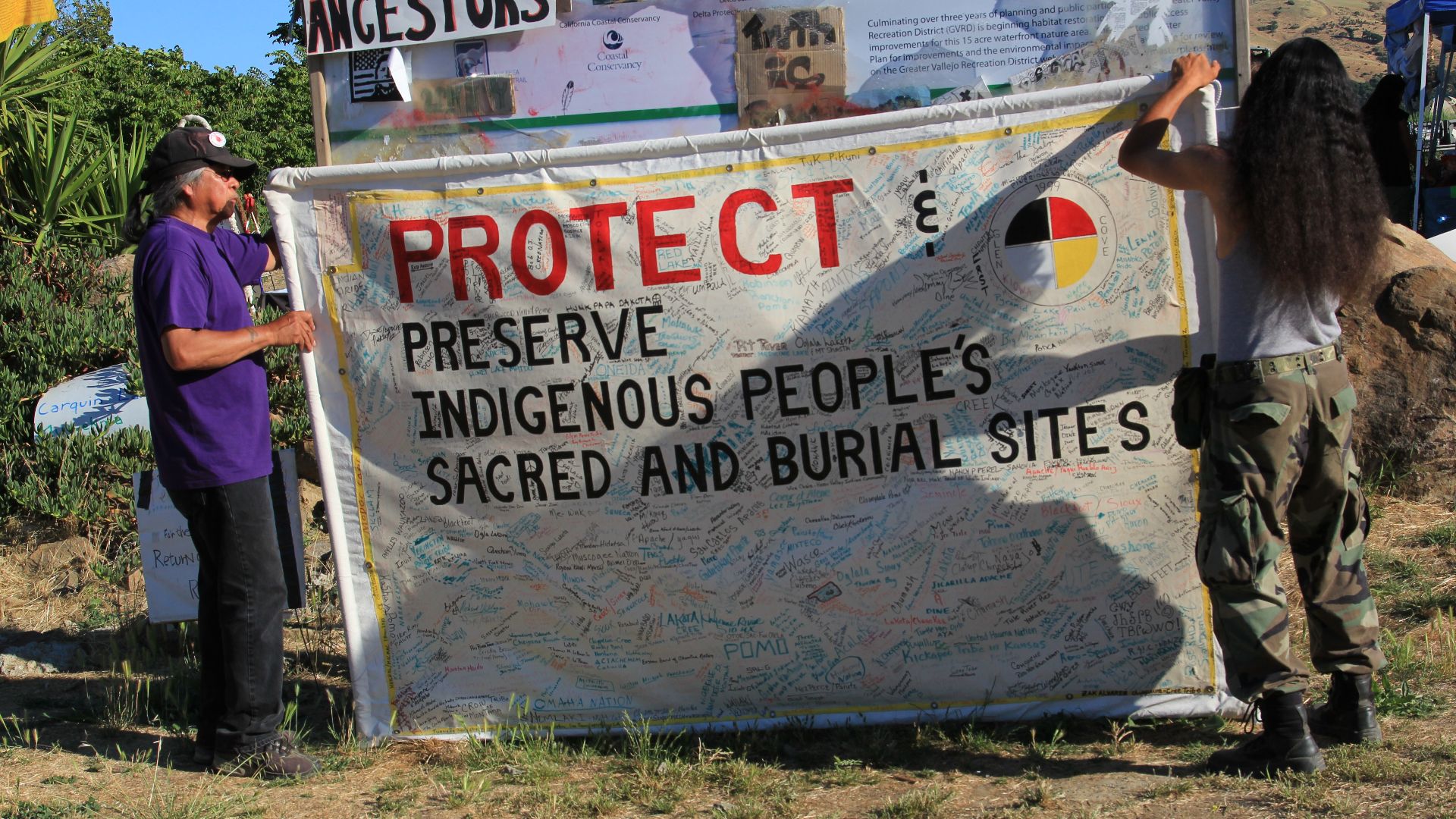 dignidadrebelde's photostream, Wikimedia Commons
dignidadrebelde's photostream, Wikimedia Commons
Glen Cove (Sogorea Te), California (Cont.)
While the cultural easement signed after the standoff technically protects the site, folks remain divided between those who support Indigenous rights and others who resent the restrictions on development, creating an atmosphere where casual mentions of Glen Cove can quickly escalate into heated debates.
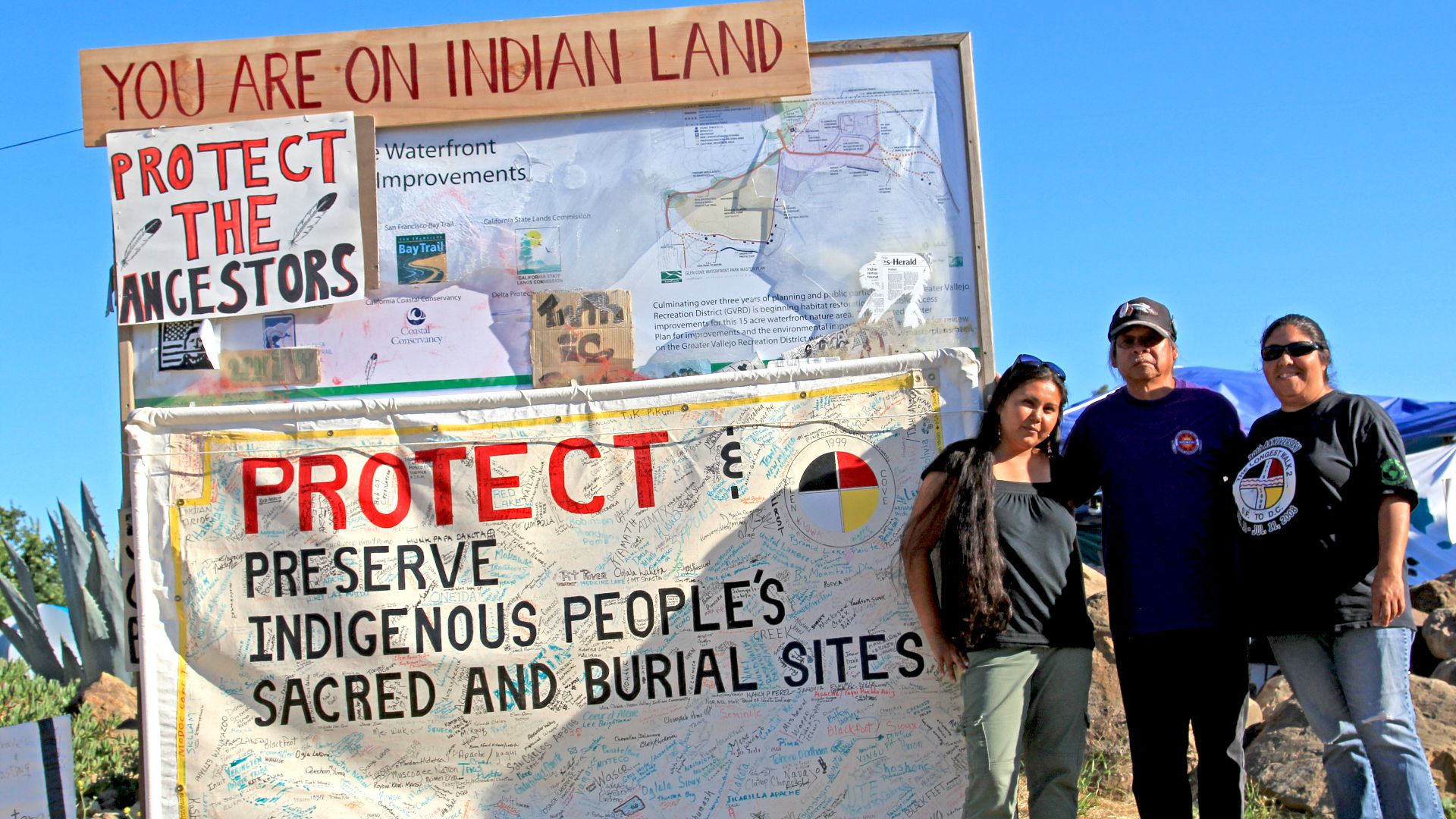 dignidadrebelde's photostream, Wikimedia Commons
dignidadrebelde's photostream, Wikimedia Commons
Area 51, Nevada
Deep in the Nevada desert sits a military base so classified that for years, the government refused to acknowledge it existed at all. The CIA only admitted Area 51 was real in 2013, despite operating since 1955 as a testing ground for experimental aircraft.
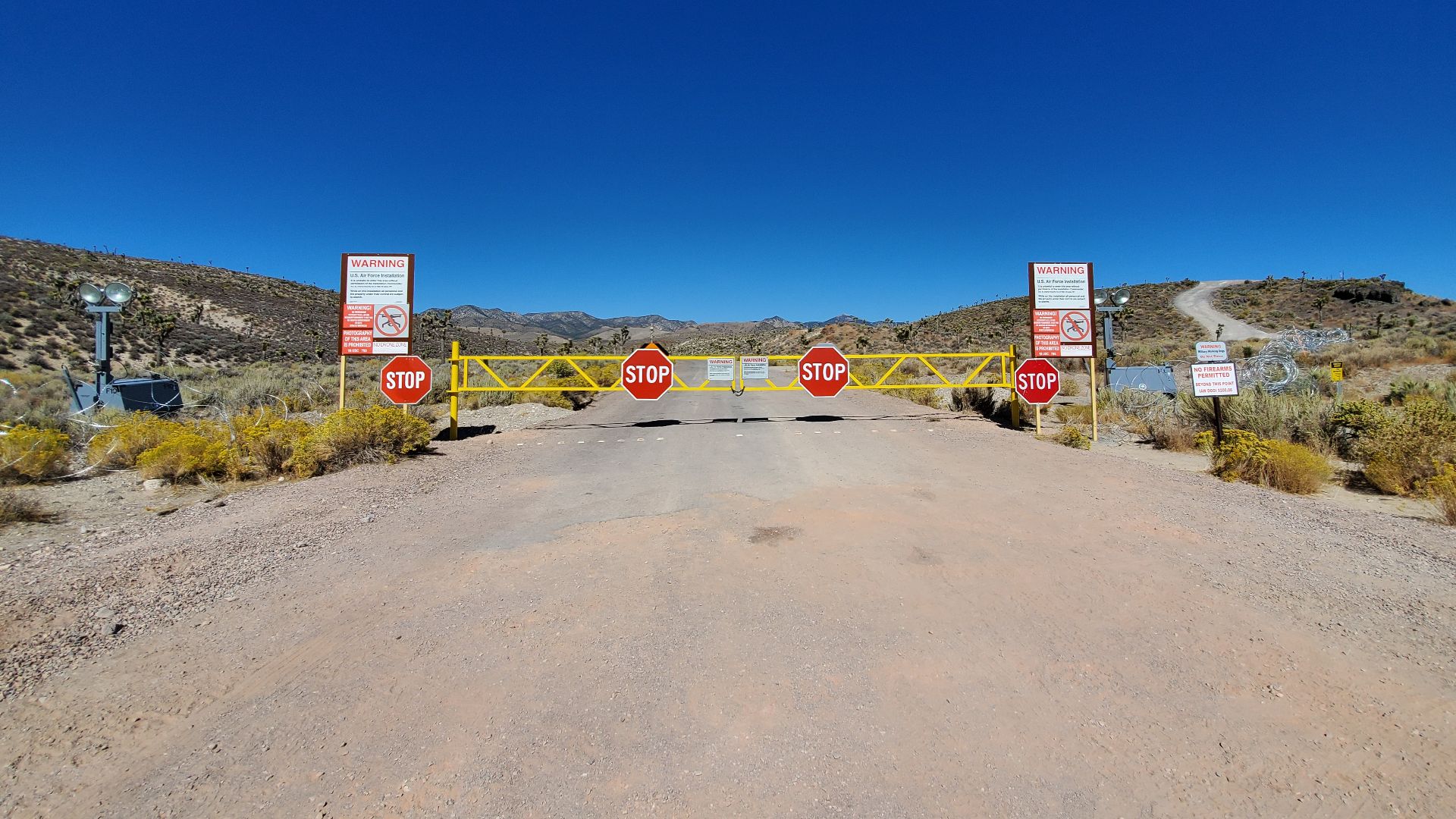 David James Henry, Wikimedia Commons
David James Henry, Wikimedia Commons
Area 51, Nevada (Cont.)
Forget the alien conspiracy theories; it's the very real federal agents who monitor conversations, the camouflaged sensors scattered throughout the desert, and the knowledge that even mentioning employment at nearby contractor facilities can trigger background investigations. Workers sign NDAs so comprehensive that violating them means potential treason charges.
Dudleytown, Connecticut
The abandoned settlement sits in the Dark Entry Forest, where visitors report an unnatural silence—no birds, no insects, just extreme silence among the skeletal remains of stone foundations. Local families who lived there in the 1700s and 1800s experienced an unusual pattern of madness.
Dudleytown, Connecticut (Cont.)
Even skeptical residents admit the forest has an oppressive atmosphere, and the Dark Entry Forest Association keeps it completely closed to prevent the constant stream of paranormal investigators who claim to encounter shadow figures, unexplained sounds, and an overwhelming sense of dread that lingers long after they leave.
Helltown, Ohio
Helltown is an area in northern Summit County, originally known as Boston Township. It has a complex history dating back to early 19th-century settlers who developed it as a farming and mill town. The name "Helltown" is associated with local legends and its rough reputation due to its isolated location.
Helltown, Ohio (Cont.)
In the 1970s, the US government used eminent domain to acquire a significant portion of the land in Boston Township to establish part of the Cuyahoga Valley National Park. This action led to the evacuation of residents and abandonment of the area.

